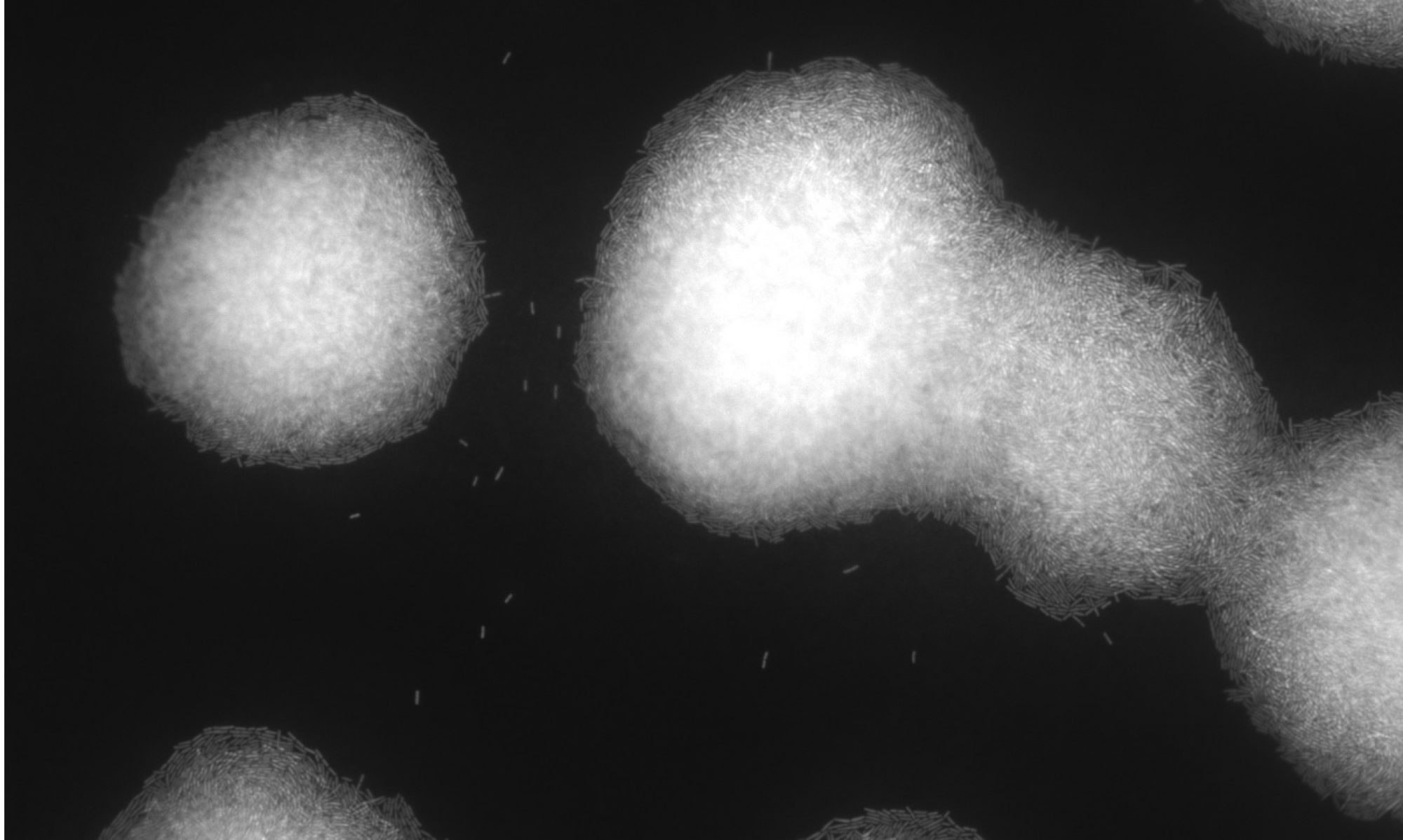Hi everyone! My name is Ritesh Panchoe and Rosanne was so kind to offer me an internship position. While I am here I will work on the characterization of bacterial enzymes involved in glycogen degradation. The species I will focus on are Gardnerella vaginalis, Lactobacillus iners and Lactobacillus crispatus. That being said, I also want to mention that I have a lot of fun doing my internship while being able to work with Rosanne. Since my specialization is in infectious diseases, and not necessarily in glycobiology, I learn a lot from her while working on this subject.
I am working with these bacteria since early April and already have some findings which we want to share with you. In our assays we use acetate buffer with varying pH (4.0-4.5-5.0) to try to resemble the vaginal pH. We have been using α-amylase (read: my saliva) as a positive control next to B. subtilis α-amylase and for now It looks like α-amylase from both origins has a higher activity in pH 5.0 compared to pH 4.0.
We cultured G. vaginalis in liquid NYClll medium supplemented with glycogen or glucose. After incubation G. vaginalis shows something that looks like film formation in the 10 ml tubes (we incubated roughly 96 hours at 37C). Fun fact: G. vaginalis colonies on plates smells like potatoes!
Also, amyloglucosidase (Sigma product# A7095-50ml) does not work anymore if it is stored at -20 ℃. While this might seem as an open door because it is stated on the product label we should store at 2-8 ℃, we thought an extra warning could be of use (since some enzymes can be stored at freezer temperature).
Currently we’re trying new methods for analysis of glycogen degradation enzymes. Ultimately, we would like to be able to differentiate between the enzymes of various vaginal bacteria, since this allows us to identify them in human specimens.
The starch-iodine assay we use only gives information about the total starch breakdown after a set incubation time. We want to be able to measure enzymatic rates over time in our samples, therefore we included the AZCL-amylose assay (protocol can be found here). We had some challenges with this assay.
Our positive controls (human saliva 100x diluted in PBS and B. subtilis amylase (60u/ml) do show amylose breakdown (see figure). We have performed this test three times, all times with the same result. But the bacterial pellets of L. crispatus give some weird results. Despite the fact that starch (which is composed of amylose and amylopectin) can be degraded, the bacterial samples included in the AZCL amylose assay showed no breakdown of amylose. This is weird.

We hypothesized that the xanthan gum applied to our buffer might be the problem for the bacterial enzymes. Rosanne has added this xantan gom as a bulk ingredient to prevent pelleting of the insoluble granules. We tested this by omitting the xanthan gum in the buffer. As a consequence, the AZCL-amylose granules precipitate as expected. Therefore, we decided to do an OD measurement at 590 nm before the start of incubation. We then incubated our samples (in a shaker at 30 ℃, we currently do not have the tools to shake at 37 ℃) and measured OD after 21 hours. There was no increase in OD values (again, controls showed correct signals), although the positive controls did show some breakdown of the granules. Conclusion: it is unlikely that the xanthan gum interferes with the assay. We hypothesize now that it may have to do something with the structure of the amylose (which is very dense).
In the coming weeks I will perform growth experiments on G. vaginalis and L. iners, followed by HPLC of these samples. I will follow-up as soon as I have interesting findings. I will keep you posted!

